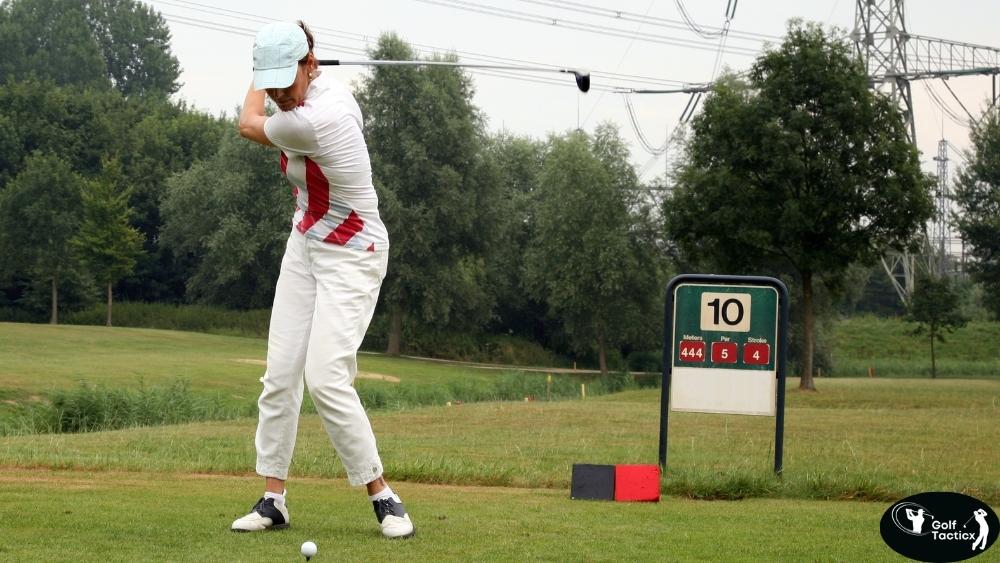In the previous post, we explored How do I hit a consistent bunker shot? covering essential techniques to improve accuracy and control. Stay tuned for more valuable golf tips!
When working with sand in various applications whether in construction, landscaping, or sand sculpting the properties of wet and compacted sand play a crucial role in the final result. Understanding how to manipulate sand effectively can make a significant difference in stability, durability, and aesthetics. In this article, we will explore the best practices and techniques for handling wet and compacted sand to achieve the desired results.
Understanding the Nature of Wet and Compacted Sand
Sand behaves differently when dry versus when wet. Dry sand is loose and easily displaced, while wet sand exhibits cohesion due to water’s surface tension. Compacted sand, on the other hand, gains strength through the reduction of air gaps between particles. The combination of moisture and compaction is critical for projects requiring stability and durability.
The key to mastering the technique for wet and compacted sand is knowing how much moisture to introduce and how to apply the right amount of force for compaction. Too much water can make the sand unstable and cause it to lose shape, while too little moisture results in weak, crumbling structures.
Techniques for Achieving Proper Moisture Content
Proper moisture content is essential for working with sand effectively. Here are some methods to ensure you get the right balance:
Spraying Method Using a fine mist spray allows for even distribution of water without oversaturation. This method is ideal for sand sculpting and preparing sandy surfaces for paving.
Damp Mixing Mixing water into the sand gradually while turning it ensures that the moisture is evenly spread. This technique is commonly used in construction and landscaping projects.
Moisture Testing The squeeze test is a simple way to check moisture levels. Grab a handful of sand and squeeze it. If it holds its shape without dripping water, it is at the right consistency for compaction.
Best Methods for Compacting Sand
Once the proper moisture level is achieved, compaction becomes the next crucial step. Here are the most effective compaction techniques:
Manual Compaction Using hand tampers, workers can apply direct force to small areas, making it suitable for small-scale projects like garden pathways.
Mechanical Compaction Plate compactors or vibratory rollers are used for larger areas, such as road bases and foundations.
Layered Compaction Instead of trying to compact all at once, adding sand in layers of 2-4 inches and compacting each layer ensures better density and stability.
Applications Requiring Technique for Wet and Compacted Sand
Various industries rely on mastering the technique for wet and compacted sand for optimal performance. Some key applications include:
- Construction Compacted sand serves as a strong base for foundations, pavers, and roads.
- Landscaping Properly compacted sand prevents erosion and enhances aesthetic features in gardens and walkways.
- Sand Sculpting Artists depend on moisture and compaction techniques to create intricate sand sculptures that retain their shape for extended periods.
Common Challenges and Solutions
While working with wet and compacted sand, several challenges may arise. Here’s how to tackle them:
- Over-Saturation If the sand becomes too wet, allow time for excess water to drain or mix in dry sand to balance moisture levels.
- Uneven Compaction Ensure consistent pressure across the surface by using a mechanical compactor or tamping evenly.
- Cracking and Weakness If compacted sand starts to crack, it may be too dry. Lightly mist the surface and recompact to improve cohesion.
Conclusion
Mastering Technique for Wet and Compacted Sand is essential for anyone working in construction, landscaping, or artistic endeavors. By carefully managing moisture content and applying effective compaction techniques, you can create stable, durable, and visually appealing structures.
Whether you’re laying a foundation, designing a garden, or crafting a sand sculpture, understanding how to work with wet and compacted sand will ensure long-lasting success.
In our next post, we’ll uncover the best techniques to escape deep rough while maintaining control. Don’t miss it!
















Leave a Reply